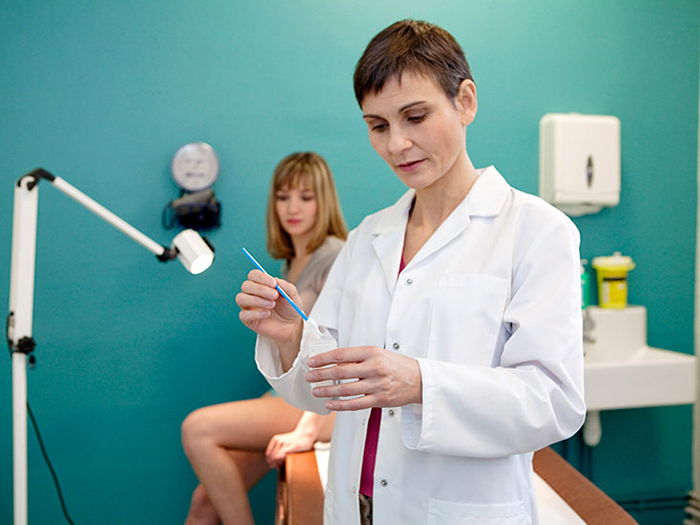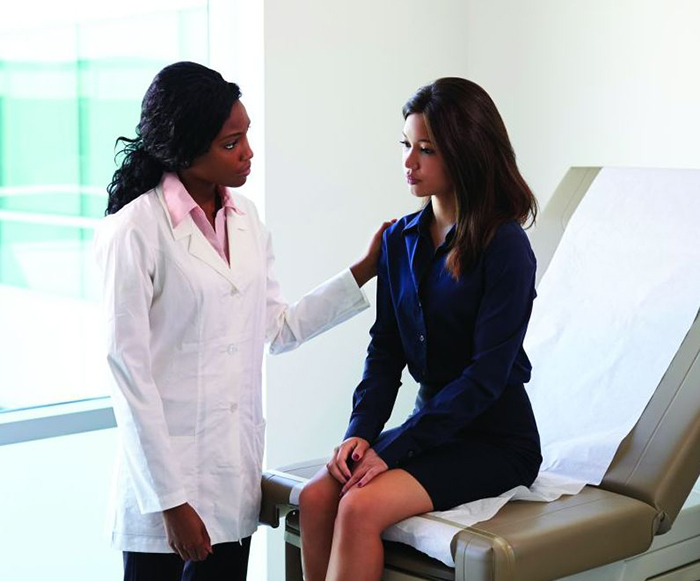As the name suggests, cervical cancer refers to cancer of the cervix. Cervical cancer is often caused by human papillomavirus (HPV) and progresses slowly, which allows time for early diagnosis and treatment. Women over 35 years of age (and below 44 years) are more at risk of cervical cancer. The good news is there are screening tests that can detect cervical cancer at an early stage. These tests can be done at your doctor’s clinic, and there is no downtime. In this post, we are discussing more on cervical cancer screening.
Pap tests can be combined with HPV tests, if your doctor finds that necessary.

While not painful, PAP test (short for Papanicolaou test) can cause some discomfort. An instrument called speculum will be inserted into the vagina, to widen it, which allows the doctor to examine the cervix and vagina. The collected cells and mucus from the cervix are sent to the lab for testing.
The PAP test shouldn’t be scheduled anytime before or during your period. If your PAP test is scheduled in the next two days, you should avoid sexual intercourse and tampons. Do not clean your vagina with soap two days before the test and avoid using any cream/product in the vagina.
Women over the age of 21 should consider getting a PAP test done. If your first test is normal, your doctor may ask to wait for another two to three years, before repeating the test again. Women over the age of 35 can consider PAP tests every two years. If your doctor recommends an HPV test and the results are normal, your next due test would be about four to five years later. In some cases, co-testing (both PAP test and HPV test) is recommended for patients. If both tests have normal results, the patient may not need screening for the next five years.
It is okay to feel anxious after your cervical cancer screening, but you may have to wait for a while to get the reports. In general, PAP smear and HPV tests can take up to three weeks. If there is something unusual in the reports, your doctor may order additional tests.

Some women are at a higher risk of cervical cancer than others. Risk factors include –
There are not many obvious symptoms of cervical cancer, which is also why periodic screening is so important. Common cervical cancer symptoms include painful intercourse, unexplained vaginal bleeding, and/or odd change in vaginal discharge. If cancer spreads further, patients may have kidney failure, pelvic pain, trouble in peeing, and pain.

Many clinics have dedicated services for women’s health, and you can consult your primary care physician to know more. Unlike a lot of other cancers, cervical cancer can be treated effectively with early diagnosis. Women with multiple sex partners and an active sex life should consider getting screened for cervical cancer at least once in two years.
Be the first to post comment!